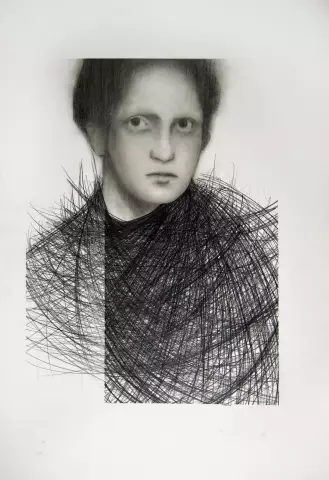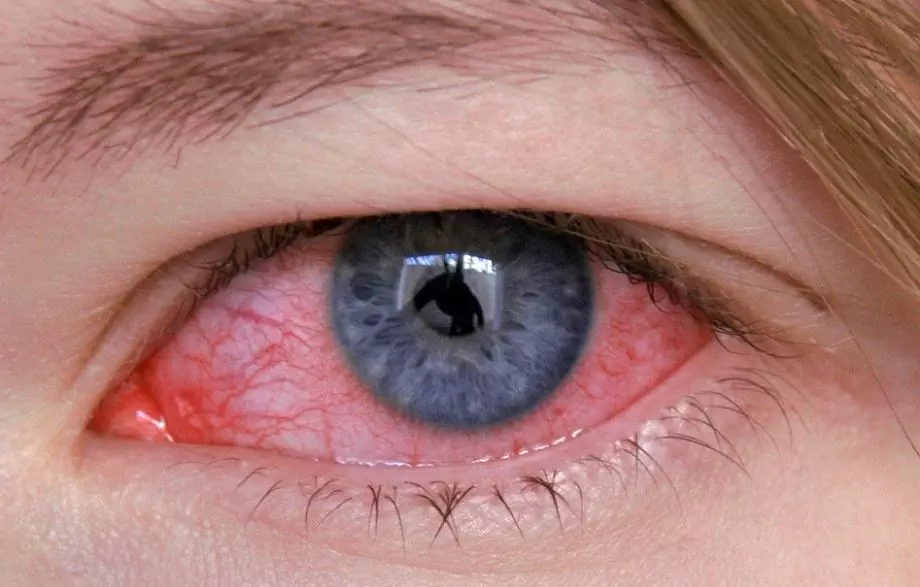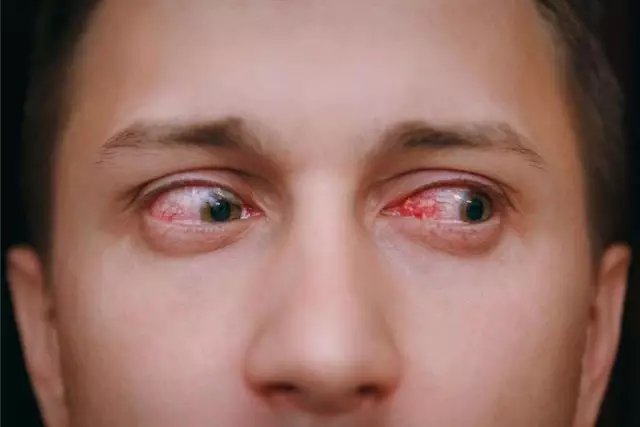- Author Rachel Wainwright [email protected].
- Public 2023-12-15 07:39.
- Last modified 2025-11-02 20:14.
Chancroid
General information about the disease

Chancre (venereal ulcer, chancroid, third venereal disease) is an infectious disease that is transmitted only through sexual contact and manifests itself in the form of multiple painful sores on the genitals, as well as inflammation of the lymph nodes.
Chancre is common in the countries of Southeast Asia, Africa, Central and South America. In some regions, chancre in women and men even prevails over syphilis. In recent years, several thousand cases have been identified in Portugal, Italy, Great Britain and the United States. On the territory of the CIS, the disease is extremely rare, and only in those people who have traveled abroad, that is, it is an imported infection.
Recent studies of sexually transmitted diseases have led to the conclusion that in 10% of cases, patients infected with chancre also suffer from syphilis or genital herpes. In addition, a strong link has been found between chancroid and HIV infection.
What triggers chancre?
The causative agent of chancre, the bacillus Haemophilus ducreyi, was first described back in 1887. Over the next several decades, scientists from Russia, Italy and Germany studied it in detail. At this point in time, we know that infection of a healthy person occurs only during sexual intercourse, when the pathogen enters the mucous membrane of organs or on damaged skin areas. If left untreated, chancroid symptoms will continually progress, since bacilli are resistant to many chemicals, tolerate low temperatures without difficulty, and multiply very quickly. It is for this reason that in people who regularly travel abroad, chancroid is detected more often than syphilis and other infections of the genital organs.
I would also like to note that some experts suggest the possibility of transferring soft chancre sticks asexually. Indirectly, this theory is confirmed by the fact that the causative agent of the infection has been identified several times in children and medical workers who have been treating infected people. However, the studies are not yet completed and therefore any conclusions on this matter would be premature.
Chancre - symptoms of the disease
The incubation period of the disease is 3-10 days. This wide range is due to some features of the infection. In particular, chancre in women progresses much more slowly than in men. In most cases, in the fairer sex, the first signs of infection appear no earlier than 5-6 days after infection. There have also been recorded cases when the incubation period lasted for several weeks, but such situations are an exception to the rule, associated with the individual characteristics of the organism of a particular patient.
At the initial stage, a bright red spot appears at the site of introduction of the pathogen, in the center of which a dense nodule with purulent contents is formed. After a few days, it opens, and in its place the chancre itself appears - an ulcer of an irregular shape, having a diameter from several millimeters to 3-4 centimeters. To distinguish chancre from ulcerations that form with some other genital infections, it should be borne in mind that:
- ulcers with chancre is very painful and bleeding;
- the base of the formation is soft to the touch;
- an inflammatory corolla is visible around the affected area;
- chancre leads to multiple rather than single ulcerations.
The location of the ulcers primarily depends on how the infection occurred. During anal sex, the affected areas are located in the anus and in appearance resemble a deep fissure. Oral intercourse can cause sores on the oral mucosa. Most often, chancre is formed on:
- the inside of the foreskin;
- frenulum of the penis;
- large and small labia;
- in the scaphoid fossa;
- surface of the coronal sulcus.
After 2-4 weeks, the ulcers heal with the formation of a small scar. This period may increase if the patient has a soft chancre, the symptoms of which are more pronounced due to the complicated course of the disease. In the absence of medical care, the infection leads to disruptions in the functioning of the main body systems and damage to the lymph nodes.
Chancre - treatment of the disease

During the treatment of soft chancre, specialists use antibiotics and sulfa drugs. The most widespread are the means that destroy not only the sticks of the soft chancre, but also the pale treponema, which are the causative agents of syphilis. The course of treatment lasts 1-2 weeks. To prevent relapses and secondary genital infections, the patient should be regularly monitored by his attending physician.
Severe ulcer pain can be treated with topical antibiotics. Ointments help eliminate the most pronounced clinical symptoms, which cause significant inconvenience to the patient and reduce the quality of life. In addition, when diagnosed with chancre, treatment includes restorative therapy and the use of immunomodulatory drugs. With advanced forms of soft chancre, patients are shown surgical intervention.
YouTube video related to the article:
The information is generalized and provided for informational purposes only. At the first sign of illness, see your doctor. Self-medication is hazardous to health!






